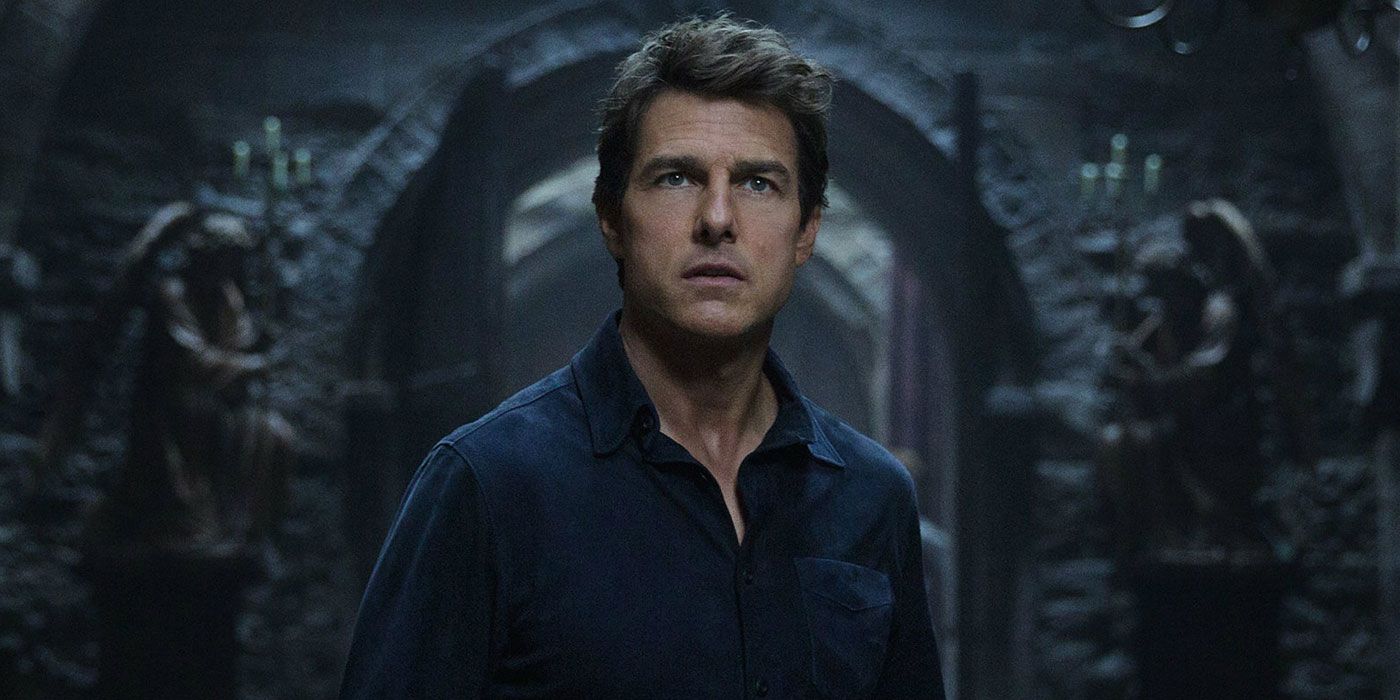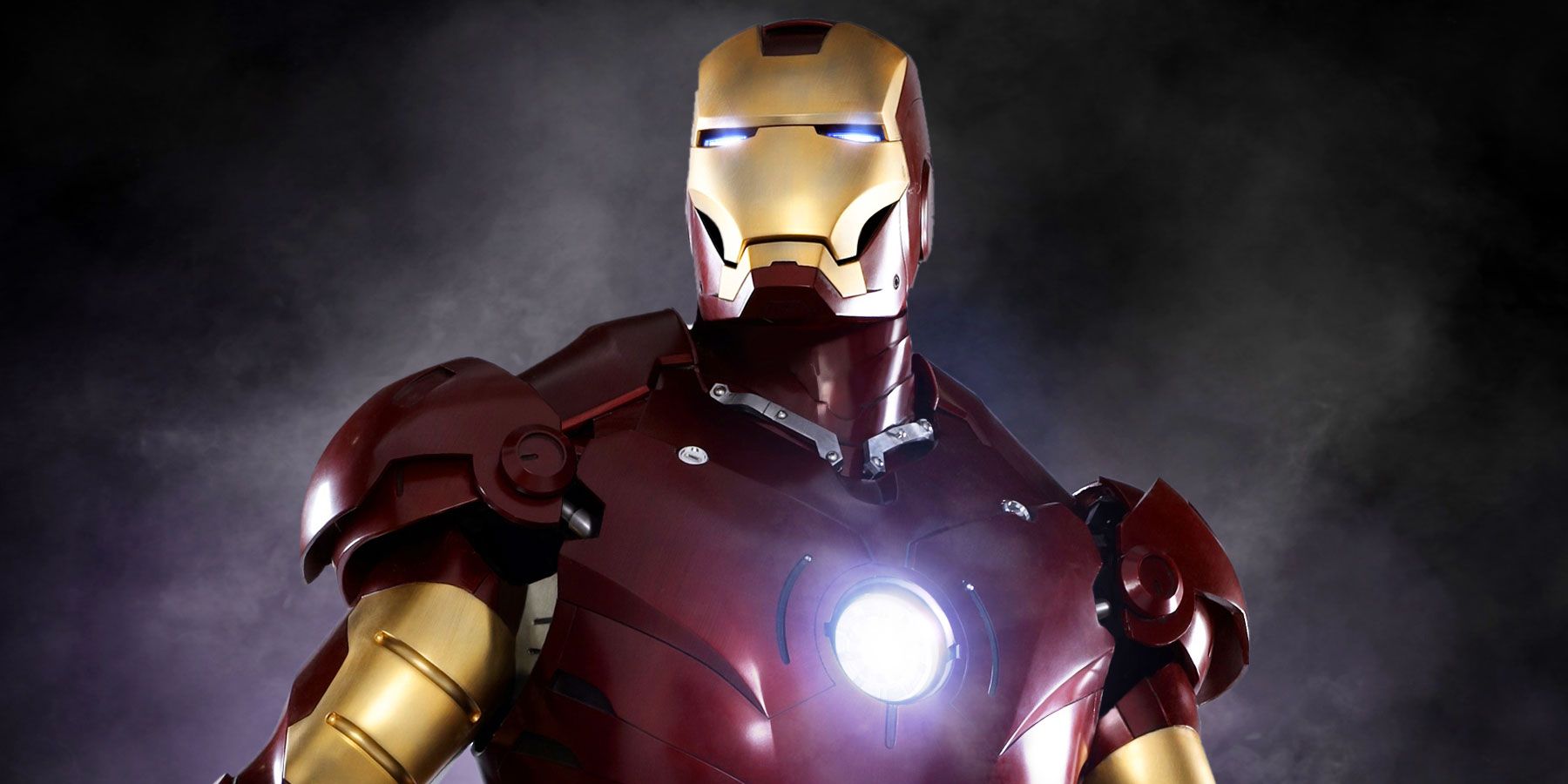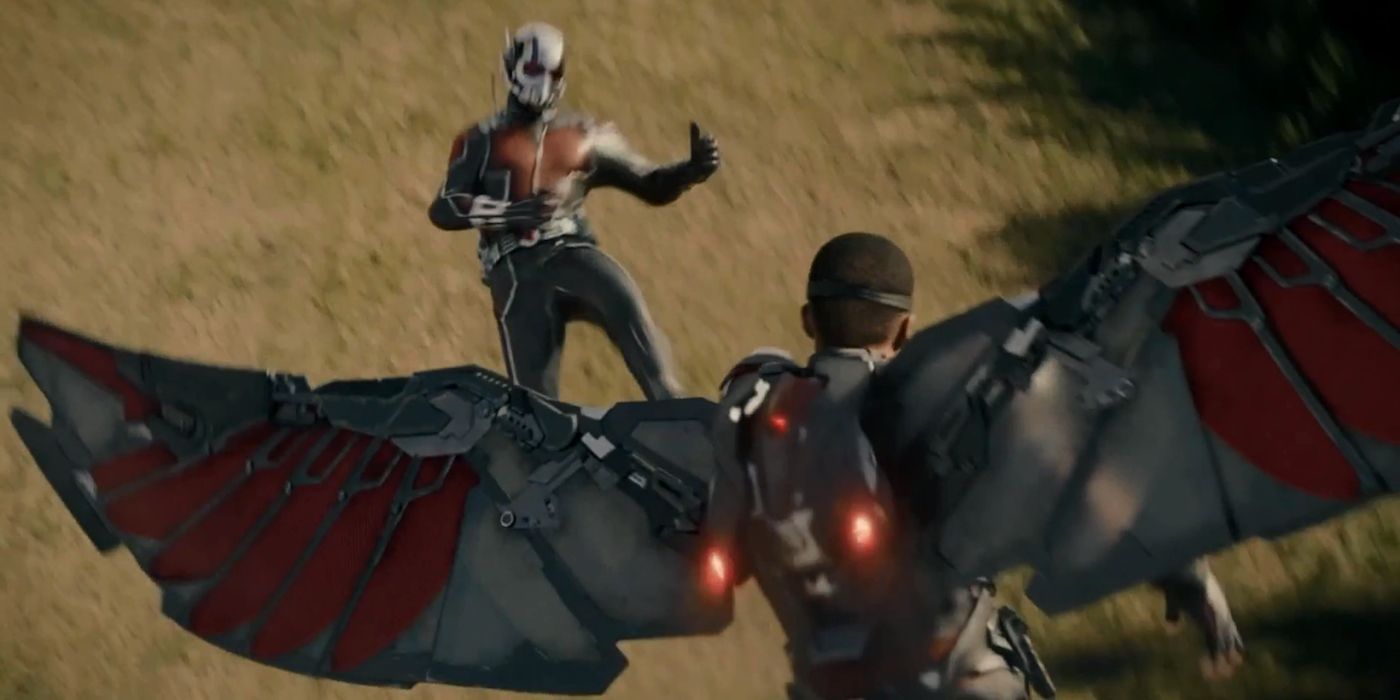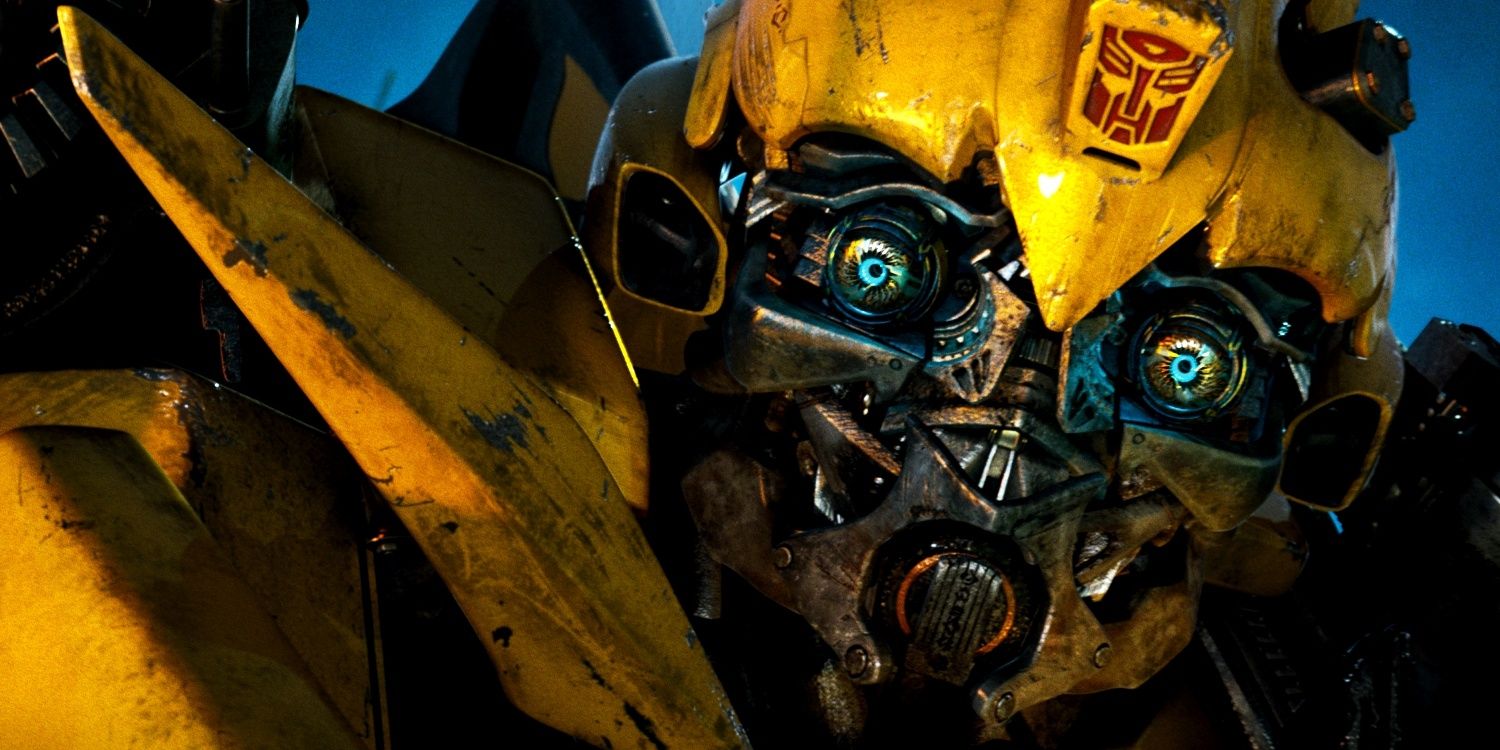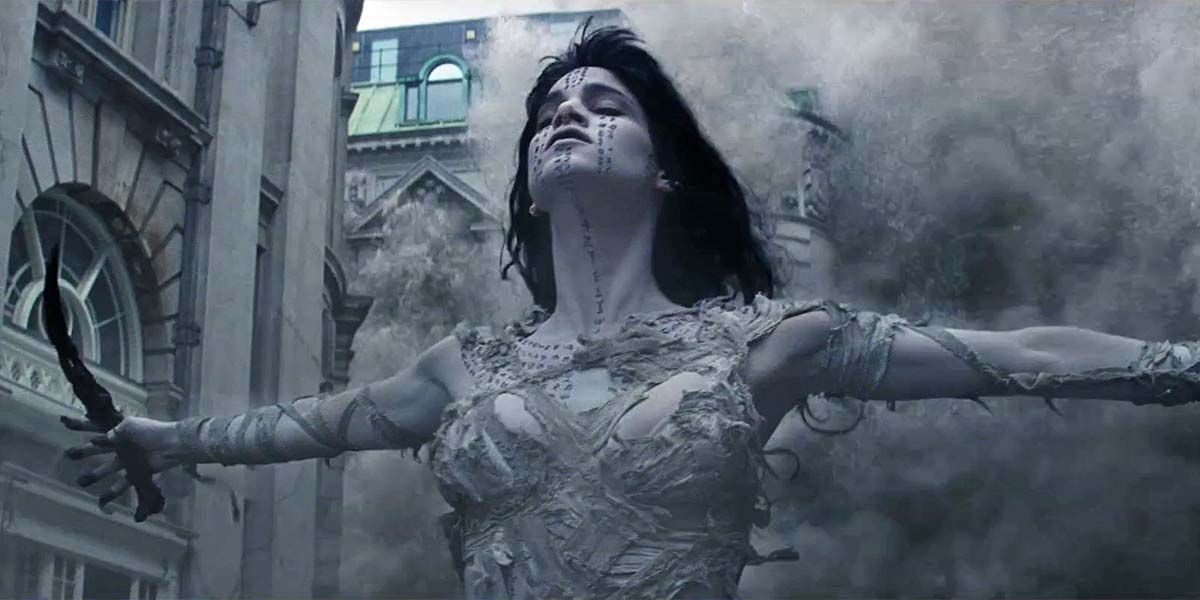In 1990's Predator 2, a Xenomorph skull can be seen in the Predator’s trophy case as a fun Easter egg, a tease that became reality when two Alien Vs. Predator films were released in the mid-2000s (though the less said about them, the better, perhaps). Both the Nightmare On Elm Street and Friday the 13th series came to a head with Freddy Vs. Jason in 2003, but up until Iron Man, that was pretty much the extent of modern Hollywood’s cinematic universes. Since Iron Man, however, everything has changed. When it comes to franchising a film series, studios have moved from, “It needs a sequel,” to, “Make it a trilogy,” to the current refrain of, “It needs to be a shared universe.”
RELATED: Bumblebee: Everything We Know About the Transformers Spinoff, So Far
There’s always been a genuine sense of fun when characters cross over in comics. Daredevil is about to arrest someone but the Punisher walks up? Cool, I wonder what will happen! The Fantastic Four and Spidey are hanging out and going on adventures? Sounds like a blast! The bottom line is, if you hang around fans of anything for long enough, you’re bound to hear some variation of the classic question: "Who would win: X or Y?"
That appeal can only carry a film and its franchise so far, however. As an idea, cinematic universes are fine, but more and more studios are fumbling the execution when it comes to laying out the pieces of these macro-stories. Too busy worrying about making the next Marvel Cinematic Universe, not enough focus is being placed on making a single film that's actually good. It's like building a house without first considering the foundation that will support it.
MAKE MINE MARVEL
Released in 2008, Jon Favreau’s Iron Man is the ship that launched the Marvel Cinematic Universe -- a shared universe that has raked in a combined box-office of $11.8 billion dollars worldwide through 2017's Guardians of the Galaxy Vol. 2. With box-office returns like that, it’s easy to understand why other studios are attempting to replicate its success.
The first two films of the MCU, Iron Man and The Incredible Hulk feel like trial runs, like Marvel Studios was testing the water to see how audiences and fans would react to the idea of a reality in which character from one film arrived in another. There’s no doubt the long-game plans were there, but those Phase One films feel considerably less connected than subsequent Phases. It’s an organic evolution, instead of one forced by studio meddling. “Five years ago, looking at our plan, we knew that if Avengers was going to work, the movies had to stand alone,” Marvel Studios President Kevin Feige told WIRED in 2013. “Now we have to prove to the studio that we’re more than just these five characters, these five franchises.”
RELATED: Marvel Has Charted Its Cinematic Universe to the Dawn of Time
While DC kicked off the first film in the DC Extended Universe with 2013’s Man of Steel (released a year after The Avengers), there were plans for a Batman vs. Superman film as early as 2002. There was even a bit in Kevin Smith’s abandoned Superman Lives script where Batman shows up to address a grieving Metropolis in the wake of the Man of Steel’s death. It wasn't until 2015's Batman v Superman: Dawn of Justice when Warner Bros. started to lay the groundwork to its DC Comics-based cinematic universe, and it went about it in the most awkward way possible, shoehorning as many members of the Justice League into the film as director Zack Snyder could. Barring Man of Steel and Wonder Woman, DC/Warner Bros. has taken the opposite approach to Marvel’s Phase One set-up of introducing single character and building to the big team, choosing to launch Justice League first and then rolling out solo films afterward.
It’s been a rough start, with Suicide Squad and Batman v Superman both being critically panned, and Man of Steel receiving lukewarm reviews at best. The release of Wonder Woman offered some hope for the future, as it successfully created its own tone and story that works both within the DCEU as well as on its own merits. Of all the shared universes currently in production, it shouldn’t come as a surprise that DC has the best chance of replicating Marvel’s structure on its way to potential success. Of course, on the small screen, DC has found success with the shared television universe of Green Arrow, Flash, Supergirl, et al, which feels as cohesive as Marvel’s cinematic endeavor.
EDITOR’S NOTE: SEE ISSUE 134
One of biggest turn-offs for people who want to get into comics is how impenetrable decades worth of continuous storytelling is, that they don’t know where to start with such an overwhelming number of stories. It’s disorientating to jump into the middle of a yearlong story and having no idea what is happening is. That’s where Marvel’s cinematic universe is currently heading; you can’t just jump into Avengers: Infinity War cold -- you need to watch everything that leads up to it.
There’s a point where it stops being fun and starts becoming frustrating. Iron Man 2 is a sequel to the first film, but Iron Man 3 is a sequel to The Avengers. Ant-Man is an origin film, but you also need to have seen Captain America: Winter Soldier and Avengers: Age of Ultron to know who the Falcon is and why the Avenger’s facility is no longer in New York City.
RELATED: Tom Holland Wants Spider-Man & Ant-Man to Team As ‘Bug Bros’
It’s easy to hand wave these connections away, suggesting that theses are minor nitpicks, that you don’t need to watch Age of Ultron to understand Captain America: Civil War – that you can enjoy it without being a completionist. But if you don't to watch all the films to understand the continuity, then doesn't that defeat the purpose of the shared universe?
You’re no longer paying to see a film, you’re now investing yourself in a decade-long story. You get some closure, but you need to stick around if you want to see how it all ends. The scary thing is that we eat it up. As an audience, we crave finality; leave enough questions unanswered and we’ll come back for more every time. Even if you’re not interested in Thor as a character, you’ll watch a Thor movie if it’s important to the larger narrative.
There’s a scene in Ant-Man where the titular character raids the New Avengers compound and fights the Falcon. In the context of the film, it feels forced. Up until this point, the movie gave slight winks and nudges to its shared universe aspect, but this sequence suddenly shifts to becoming a klaxon blaring in your face. It doesn't feel like an organic narrative choice, but rather studio interference. That's the problem with cinematic universes; once you establish both a tone and an end goal, everything needs to stay within those guidelines and work towards servicing that conclusion.
THE UNIVERSE OF SHARED UNIVERSES
So, how many cinematic universes are on the horizon?
At one point, there were reports of Fox’s superhero franchises, the X-Men and Fantastic Four, crossing over, but producers Simon Kinberg and Hutch Parker have since shot that rumor down. Fox recently announced dates for six untitled Marvel-based films to be released over the next couple of years, which will most likely be for the studio's ever increasing X-Men universe, which includes Deadpool, Gambit, New Mutants and X-Force.
RELATED: Fox Sets Dates For Six Mystery Marvel Films
According to Michael Bay, there are around 14 different potential Transformers films in the works. The series’ first spin-off, Bumblebee, will be arriving sometime next year, while there’s a potential origin story for the Autobots and Decepticons in the works under the title of Transformers One. The Transformers are also potentially going to crossover with GI Joe as a part of the Hasbro Universe, which includes other 1980s toy/cartoon series such as MASK, Micronauts and ROM. Do you remember when you were a kid and anything would go when it came to playing with your toys? Batman would team up with Luke Skywalker to fight Skeletor. It’s that, but on a multi-million dollar blockbuster scale.
There are apparently plans to create a Robert E. Howard universe with Conan the Barbarian, Kull the Conqueror, and Solomon Kane. There were talks of a Ghostbusters shared universe in the lead up to the release of Paul Feig’s reboot. A tweet seemed to suggest that a potential cinematic universe for James Bond could be in the works, or at the very least is currently being considered. This won’t be the first attempt at a 007 universe; Halle Berry’s Jinx from Die Another Day was set for a spinoff film that was later scrapped.
Sony Pictures is currently working on its Spider-Man-centric universe with a solo Venom film, along with a Silver Sable and Black Cat team-up. The logistics of how Spider-Man fits into Sony's bigger picture remains muddy, of course; he's canon in both the Marvel and Sony universes, but all the other Sony-owned Spider-characters are apparently Sony canon, only.
RELATED: Reginald Hudlin to Direct Valiant’s Shadowman Film
Valiant Entertainment has also teamed with Sony Pictures to kickstart its own shared superhero universe, with Harbinger, Bloodshot and Harbinger Wars all in various stages of production.
Legendary’s MonsterVerse is probably the closest any studio has come to replicating Marvel so far, with Godzilla and Kong: Skull Island serving as solid standalone features, joined via Easter eggs and secondary-to-the-main-story interconnectivity and continuity. They’re very much like the first Iron Man or Thor; you can watch Godzilla or Skull Island and still get a complete story – the only “To Be Continued!” hook shows up in the latter’s post-credits scene.
Meanwhile, the monolithic franchises of Harry Potter and Star Wars have extended their cinematic universes with spin-off prequels – Fantastic Beasts and Where to Find Them for the former, Rogue One and the untitled young Han Solo for the latter.
And then there’s Universal's Dark Universe...
THE CART BEFORE THE MUMMIFIED HORSE
If Marvel offers a blueprint on how to craft cinematic universes properly, Universal's Dark Universe is firmly on the opposite end of the spectrum. The planned universe of Universal Studio’s classic monsters (Dracula, Frankenstein, the Wolfman, etc.) is probably the best example of how flawed this system can be. The Mummy was supposed to be Universal’s Iron Man, the cornerstone from which a new cinematic universe will be built from. Instead, it was received with overwhelmingly negative reviews.
RELATED: The Mummy Could Lose $95 Million, Despite Overseas Box Office
The next chapter is Bride of Frankenstein, which is due out in 2019, and there are eight additional films planned. It’s all well and good to promise Frankenstein, Dracula and Van Helsing films, but why should we as an audience be invested in these non-existent movies when the only one we have so far, The Mummy, is terrible? How far can the promises of the future carry an audience’s goodwill in the present?
Shared cinematic universes aren’t an inherently bad idea; Marvel’s success is proof that it can work, and work well. The problem arises when studios are too busy planning a decade’s worth of stories, instead of focusing on what’s really important -- making a single good movie. Long term goals are admirable, and impressive if the studio can actually pull it off, but it means nothing if the short term is a disaster. Audiences deserve better films now instead of the shallow promises of the future. After all, you don't get Infinity War without Iron Man.

